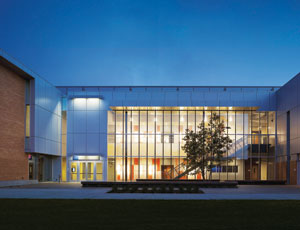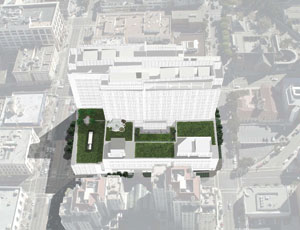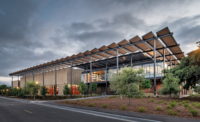Green building is here to stay. And despite the recession – and maybe even because of it – the construction industry is focused on improving sustainable design and building and continued innovation when it comes to being green.


Green building is here to stay. And despite the recession – and maybe even because of it – the construction industry is focused on improving sustainable design and building and continued innovation when it comes to being green.
With the advent and expansion of building information modeling, green building concepts are flourishing in the offices and studios of contractors and architects. The challenge right now is convincing owners.
Owners are exhibiting a mixed reaction to green building during this recession, says Lance Williams, executive director of the U.S. Green Building Council’s Los Angeles chapter.
“In general, owners are not spending as broadly as before the recession,” says Williams. “But they understand the importance of energy efficiency in their buildings and this is the reason why the Existing Building certification program is doing so well.”
New strategies such as monitoring building operating costs, he says, is the main cost-effective component to Existing Building and USGBC’s new Building Performance Initiative (California Construction, October 2009).
The initiative is designed to put in place a comprehensive data collection effort from all buildings that have achieved LEED certification; implement an appropriate analysis methodology of that data; and provide feedback to building owners so they have better information with which to address any performance gaps that stem from predicted building performance versus actual performance.
Numerous things affect the ability of a building to deliver high performance, including energy modeling tools, properly timed energy models, quality building commissioning, proper goal setting/benchmarking, and coordination between design and operation.
The initiative complements the announcement earlier this year that will require ongoing performance data from buildings as part of their certification under the latest version of LEED and beyond.


Post a comment to this article
Report Abusive Comment